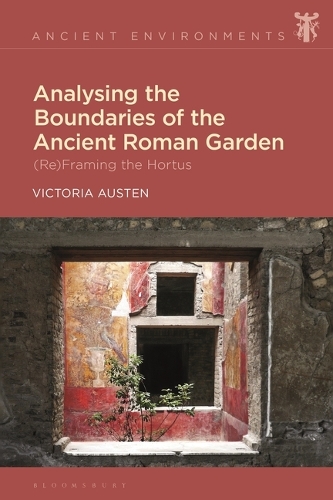
Analysing the Boundaries of the Ancient Roman Garden: (Re)Framing the Hortus
(Paperback)
Available Formats
Publishing Details
Analysing the Boundaries of the Ancient Roman Garden: (Re)Framing the Hortus
By (Author) Dr Victoria Austen
Bloomsbury Publishing PLC
Bloomsbury Academic
19th September 2024
United Kingdom
Classifications
Professional and Scholarly
Non Fiction
Gardening
937
Physical Properties
Paperback
224
Width 150mm, Height 229mm, Spine 13mm
340g
Description
This book demonstrates how the Romans constructed garden boundaries specifically in order to open up or undermine the division between a number of oppositions, such as inside/outside, sacred/profane, art/nature, and real/imagined. Using case studies from across literature and material and visual culture, Victoria Austen explores the perception of individual garden sites in response to their limits, and showcases how the Romans delighted in playing with concepts of boundedness and separation. Transculturally, the garden is understood as a marked-off and cultivated space. Distinct from their surroundings, gardens are material and symbolic spaces that constitute both universal and culturally specific ways of accommodating the natural world and expressing human attitudes and values. Although we define these spaces explicitly through the notions of separation and division, in many cases we are unable to make sense of the most basic distinction between garden and not-garden. In response to this ambiguity, Austen interrogates the notion of the boundary as an essential characteristic of the Roman garden.
Author Bio
Victoria Austen is Robert A. Oden, Jr. Postdoctoral Fellow for Innovation in the Humanities and Classics at Carleton College, MN, USA. She received her PhD in Classics from Kings College London, UK.
